Home>Renovation & DIY>Home Renovation Guides>How To Ask Your Landlord For Home Improvements


Home Renovation Guides
How To Ask Your Landlord For Home Improvements
Modified: January 4, 2024
Learn how to request home improvements from your landlord with our comprehensive home renovation guide. Get expert tips on negotiating upgrades and enhancing your rental space.
(Many of the links in this article redirect to a specific reviewed product. Your purchase of these products through affiliate links helps to generate commission for Storables.com, at no extra cost. Learn more)
Introduction
Are you yearning to spruce up your living space with some much-needed home improvements, but hesitant to broach the subject with your landlord? Fear not! In this comprehensive guide, we'll walk you through the process of requesting home improvements from your landlord with confidence and finesse. Whether it's upgrading outdated fixtures, enhancing energy efficiency, or addressing maintenance concerns, this step-by-step guide will equip you with the knowledge and strategies to navigate this endeavor smoothly.
Embarking on home improvements can significantly enhance the comfort, functionality, and aesthetic appeal of your dwelling. It's natural to desire a living space that aligns with your vision and meets your practical needs. However, as a tenant, it's essential to understand the proper protocol for initiating such changes within a rental property. By following the tips and techniques outlined in this guide, you'll be well-prepared to engage in constructive dialogue with your landlord, paving the way for potential enhancements to your living environment.
Throughout this guide, we'll delve into the crucial aspects of this process, from assessing your needs and researching costs to drafting a compelling proposal and navigating the negotiation phase. Additionally, we'll provide valuable insights on scheduling a meeting with your landlord, presenting your case persuasively, and finalizing the agreement to ensure that both parties are aligned on the proposed home improvements.
So, grab a cup of coffee, get comfortable, and let's embark on this enlightening journey toward transforming your living space into the haven you've always envisioned. With the right approach and a dash of finesse, you'll soon be on your way to fostering a harmonious partnership with your landlord, ultimately leading to a more delightful and accommodating living environment.
Key Takeaways:
- Be proactive by assessing your home improvement needs, researching costs, and drafting a compelling proposal. This sets the stage for a positive and collaborative discussion with your landlord.
- Approach negotiations with flexibility and openness, aiming to reach a mutually beneficial agreement that enhances the living environment while maintaining a harmonious relationship with your landlord.
Assessing Your Needs
Before initiating a conversation with your landlord about potential home improvements, it's crucial to conduct a thorough assessment of your current living space. Take a comprehensive inventory of the aspects that require attention, whether it's a leaky faucet, outdated appliances, drafty windows, or insufficient storage space. By identifying these areas for improvement, you'll be better equipped to articulate your needs to your landlord in a clear and organized manner.
Start by creating a detailed list of the specific improvements you envision. Categorize them based on urgency and significance, distinguishing between essential repairs and enhancements that would elevate your quality of life within the rental property. Consider aspects such as functionality, safety, energy efficiency, and aesthetic appeal when evaluating the areas that warrant attention.
Furthermore, it's beneficial to gather feedback from fellow occupants or neighbors to gain insights into communal areas or shared amenities that may necessitate improvement. This collaborative approach can strengthen your case by demonstrating a collective interest in enhancing the overall living environment within the property.
As you assess your needs, prioritize the improvements that align with your long-term vision for the space and contribute to a more comfortable and functional living environment. Additionally, consider the potential impact of these improvements on the property's value and appeal, which can be a compelling point to raise when discussing the proposed enhancements with your landlord.
By thoroughly assessing your needs and compiling a comprehensive list of potential improvements, you'll be well-prepared to engage in constructive dialogue with your landlord, presenting a compelling case for the proposed home enhancements. This proactive approach demonstrates your commitment to maintaining and enhancing the rental property, fostering a positive and collaborative relationship with your landlord as you embark on this journey toward elevating your living space.
Researching the Costs
Once you have identified the specific home improvements you wish to propose to your landlord, the next crucial step is to research the associated costs. Conducting thorough research will empower you to present well-informed estimates and demonstrate a clear understanding of the financial implications involved in the proposed enhancements.
Begin by obtaining quotes from reputable contractors or service providers for the proposed improvements. Whether it involves plumbing repairs, electrical upgrades, appliance replacements, or cosmetic enhancements, soliciting multiple quotes will provide you with a comprehensive overview of the potential expenses involved. Additionally, leverage online resources, such as home improvement websites and forums, to gather insights into the typical costs associated with similar projects in your area.
It’s essential to factor in potential ancillary costs, such as permits, materials, and any temporary accommodations or inconveniences that may arise during the implementation of the improvements. By accounting for these additional expenses, you’ll be able to present a holistic cost projection to your landlord, showcasing your thoroughness and foresight in the planning process.
When researching the costs, consider the long-term benefits of the proposed improvements, such as potential energy savings, increased property value, and enhanced tenant satisfaction. Highlighting these advantages can bolster your case and illustrate the value that the proposed enhancements would bring to the rental property.
Equipped with comprehensive cost estimates and a clear understanding of the financial aspects, you’ll be well-prepared to engage in transparent and constructive discussions with your landlord regarding the investment required for the proposed home improvements. This proactive approach demonstrates your diligence and commitment to ensuring that the proposed enhancements are not only desirable but also financially feasible, laying the groundwork for a productive dialogue aimed at enhancing the living environment for all parties involved.
Drafting a Proposal
As you embark on the process of requesting home improvements from your landlord, a well-crafted proposal serves as a pivotal tool for articulating your vision and garnering support for the proposed enhancements. A comprehensive and persuasive proposal not only conveys the specific improvements you seek but also provides valuable context, rationale, and potential benefits, laying the groundwork for a constructive dialogue with your landlord.
Commence the proposal by outlining the identified areas for improvement within the rental property, categorizing them based on urgency and significance. Clearly articulate the potential benefits of each enhancement, emphasizing how they contribute to a more comfortable, efficient, and aesthetically pleasing living environment for the occupants.
Support your proposal with thorough research and cost estimates gathered during the planning phase. Present these financial projections in a transparent and organized manner, demonstrating a clear understanding of the investment required for each proposed improvement. Additionally, highlight any potential long-term savings or value appreciation that the enhancements may yield, underscoring the positive impact on the property’s overall appeal and functionality.
Furthermore, consider incorporating visual aids such as photographs, diagrams, or design inspirations to complement your proposal. These visual elements can effectively convey the envisioned improvements, providing your landlord with a tangible representation of the proposed changes and fostering a deeper understanding of the anticipated outcomes.
Emphasize the collaborative nature of the proposal by expressing openness to dialogue and negotiation. Communicate your willingness to explore alternative solutions or compromises, underscoring your commitment to working in tandem with the landlord to enhance the rental property in a mutually beneficial manner.
By crafting a comprehensive and compelling proposal, you demonstrate your proactive approach, attention to detail, and genuine investment in the well-being of the rental property. This document serves as a foundation for initiating constructive discussions with your landlord, paving the way for a collaborative exploration of the proposed home improvements and fostering a positive and productive partnership as you work toward enhancing the living environment.
Before approaching your landlord, make a list of specific improvements you’d like to see in your home. Be polite and professional when making your request, and provide reasons why the improvements would benefit both you and the property.
Scheduling a Meeting
Once you have meticulously prepared your proposal and gathered the necessary information, the next step in the process of requesting home improvements from your landlord is to schedule a meeting. This meeting serves as a crucial platform for engaging in open dialogue, presenting your proposal, and collaboratively exploring the potential enhancements to the rental property.
Initiate the process by reaching out to your landlord to express your desire to discuss potential home improvements. Approach this communication with professionalism and courtesy, clearly articulating your intention to schedule a meeting to address the proposed enhancements. Offer flexibility in terms of timing and venue, demonstrating your willingness to accommodate the landlord’s schedule and preferences.
When scheduling the meeting, ensure that you allocate sufficient time for a comprehensive discussion. This allows for a thorough review of the proposed improvements, ample opportunity for questions and clarifications, and the exploration of potential alternatives or modifications based on the landlord’s input.
Consider the most effective mode of communication for scheduling the meeting, whether it’s via email, phone call, or in-person interaction. Tailor your approach based on the landlord’s preferred communication style, aiming to establish a professional and respectful tone from the outset.
Additionally, express your readiness to provide any additional documentation or supporting materials in advance of the meeting. This proactive gesture demonstrates your preparedness and commitment to facilitating a productive and informed discussion, enabling the landlord to review the proposal and associated details ahead of the scheduled meeting.
Approach the process of scheduling the meeting with a spirit of collaboration and openness, setting the stage for a constructive dialogue that prioritizes mutual understanding and shared objectives. By proactively initiating this pivotal meeting, you demonstrate your dedication to fostering a positive and communicative relationship with your landlord as you collectively pursue the enhancement of the living environment within the rental property.
Presenting Your Case
As you prepare to engage in a discussion with your landlord regarding potential home improvements, the act of presenting your case is a pivotal step in the process. This phase provides an opportunity to articulate the rationale, benefits, and feasibility of the proposed enhancements, fostering a clear and compelling understanding of your vision for the rental property.
Commence the presentation by succinctly outlining the key objectives and benefits of the proposed improvements. Clearly articulate how these enhancements contribute to a more comfortable, functional, and appealing living environment, aligning with both your needs as a tenant and the long-term value of the rental property.
Support your case with the thorough research and cost estimates gathered during the planning phase. Present these financial projections in a transparent and organized manner, illustrating a comprehensive understanding of the investment required for each proposed improvement. Additionally, emphasize any potential long-term savings, energy efficiency gains, or property value appreciation that the enhancements may yield, underscoring their positive impact on the rental property.
Utilize visual aids, such as photographs, diagrams, or design inspirations, to complement your presentation. These visual elements effectively convey the envisioned improvements, providing the landlord with a tangible representation of the proposed changes and fostering a deeper understanding of the anticipated outcomes.
Remain receptive to feedback and questions throughout the presentation, fostering an open and collaborative dialogue. Address any concerns or inquiries raised by the landlord with clarity and professionalism, demonstrating your preparedness and commitment to engaging in a constructive exchange of ideas.
Express your willingness to explore alternative solutions or compromises, underscoring your commitment to working in tandem with the landlord to enhance the rental property in a mutually beneficial manner. Emphasize the collaborative nature of the proposal, highlighting your openness to dialogue and negotiation as you collectively strive to improve the living environment.
Approach the presentation with confidence, professionalism, and a genuine spirit of collaboration. By effectively articulating your case, you lay the groundwork for a productive and informed discussion, fostering a positive and communicative partnership with your landlord as you work toward enhancing the living environment within the rental property.
Negotiating Terms
Upon presenting your case for home improvements, the subsequent phase involves negotiating the terms with your landlord. This pivotal stage provides an opportunity to engage in open dialogue, address any concerns, and collaboratively explore potential compromises and agreements that align with the interests of both parties.
Approach the negotiation process with a spirit of flexibility and openness. Acknowledge the landlord’s perspective and concerns, demonstrating a willingness to consider alternative solutions or modifications that accommodate their preferences while still addressing the identified areas for improvement within the rental property.
Be prepared to discuss the financial aspects of the proposed enhancements in detail. Consider potential compromises, such as phased implementation of the improvements or cost-sharing arrangements, to alleviate any apprehensions the landlord may have regarding the financial implications of the proposed changes.
Remain receptive to feedback and constructive suggestions, fostering a collaborative and respectful exchange of ideas. Address any questions or reservations raised by the landlord with professionalism and clarity, aiming to alleviate concerns and demonstrate your commitment to finding mutually agreeable terms.
Highlight the potential benefits that the proposed improvements bring to the rental property, emphasizing their long-term value, energy efficiency gains, and positive impact on tenant satisfaction. By underscoring these advantages, you can strengthen your position and illustrate the tangible benefits that the enhancements offer to both you as a tenant and the overall appeal of the property.
Seek common ground and strive to reach a mutually beneficial agreement that balances the interests of both parties. Approach the negotiation process with a collaborative mindset, aiming to foster a positive and constructive partnership with your landlord as you collectively work toward enhancing the living environment within the rental property.
By engaging in transparent and respectful negotiations, you demonstrate your commitment to maintaining a harmonious and communicative relationship with your landlord, ultimately paving the way for a productive and mutually beneficial agreement regarding the proposed home improvements.
Finalizing the Agreement
As you conclude the process of requesting home improvements from your landlord, the final step involves formalizing the agreement reached through the negotiation process. This pivotal phase solidifies the understanding, terms, and commitments related to the proposed enhancements, ensuring clarity and alignment between both parties as you move forward with the planned improvements.
Commence the finalization of the agreement by documenting the mutually agreed-upon terms in writing. This formal document should encompass the specifics of the proposed improvements, the associated financial arrangements, the timeline for implementation, and any additional agreements or understandings reached during the negotiation process.
Ensure that the written agreement reflects a comprehensive and accurate representation of the commitments made by both parties. Review the document meticulously to confirm that it encapsulates the key details and expectations related to the approved home improvements, leaving no room for ambiguity or misunderstanding.
Seek clarity on any administrative or procedural requirements, such as obtaining necessary permits or approvals, and incorporate these considerations into the finalized agreement. By addressing these logistical aspects, you demonstrate a proactive approach and a commitment to adhering to regulatory and procedural obligations throughout the implementation phase.
Once the agreement is drafted, schedule a meeting with your landlord to review and sign the document together. Approach this finalization process with professionalism and a collaborative spirit, aiming to reaffirm the mutual understanding and commitment to the approved home improvements.
After both parties have signed the agreement, retain a copy for your records and provide a copy to the landlord for their reference. This ensures that all involved parties have access to the documented terms and commitments, fostering transparency and accountability throughout the implementation of the approved home improvements.
By formalizing the agreement in writing, you establish a clear and structured framework for proceeding with the proposed enhancements, fostering a harmonious and well-defined understanding between you and your landlord. This final step solidifies the collaborative efforts and commitments made toward enhancing the living environment within the rental property, setting the stage for a positive and productive journey toward realizing the envisioned improvements.
Frequently Asked Questions about How To Ask Your Landlord For Home Improvements
Was this page helpful?
At Storables.com, we guarantee accurate and reliable information. Our content, validated by Expert Board Contributors, is crafted following stringent Editorial Policies. We're committed to providing you with well-researched, expert-backed insights for all your informational needs.
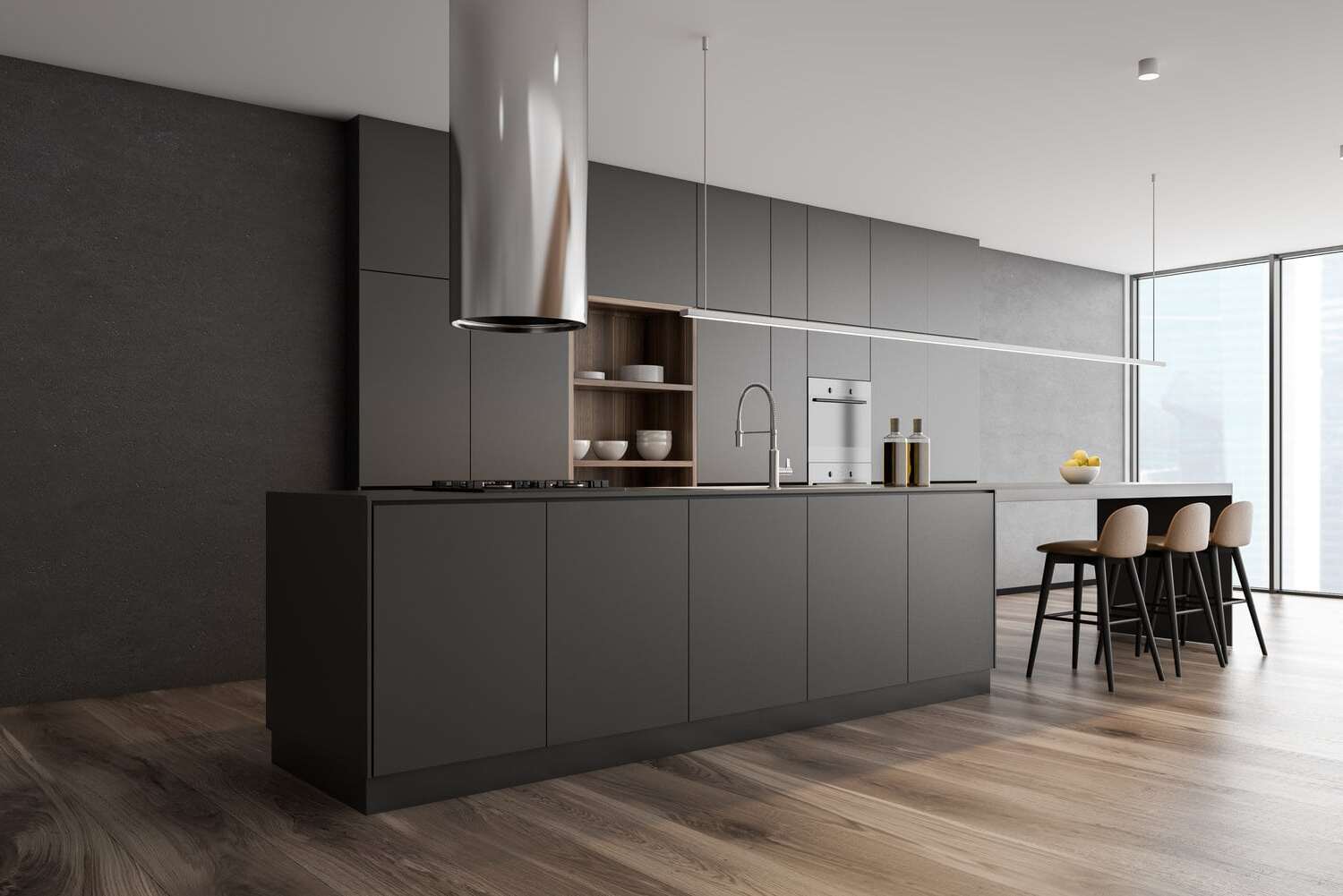
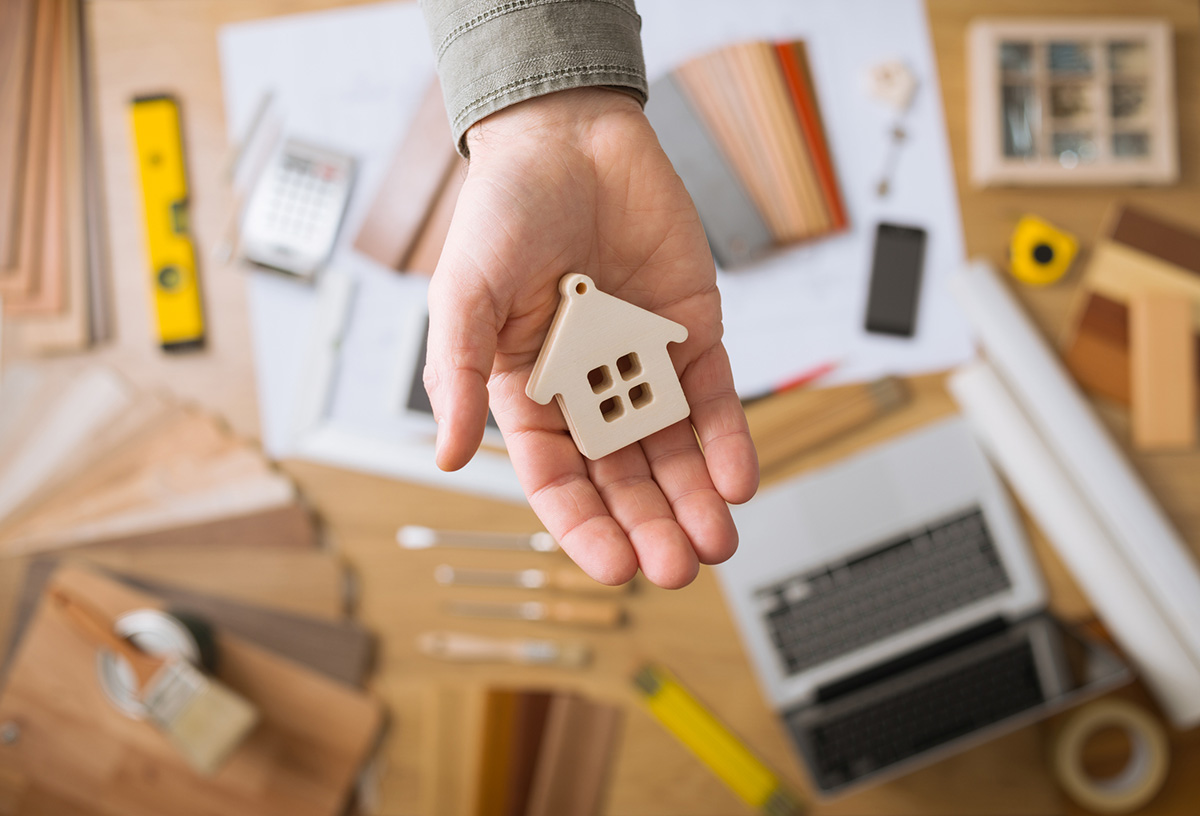
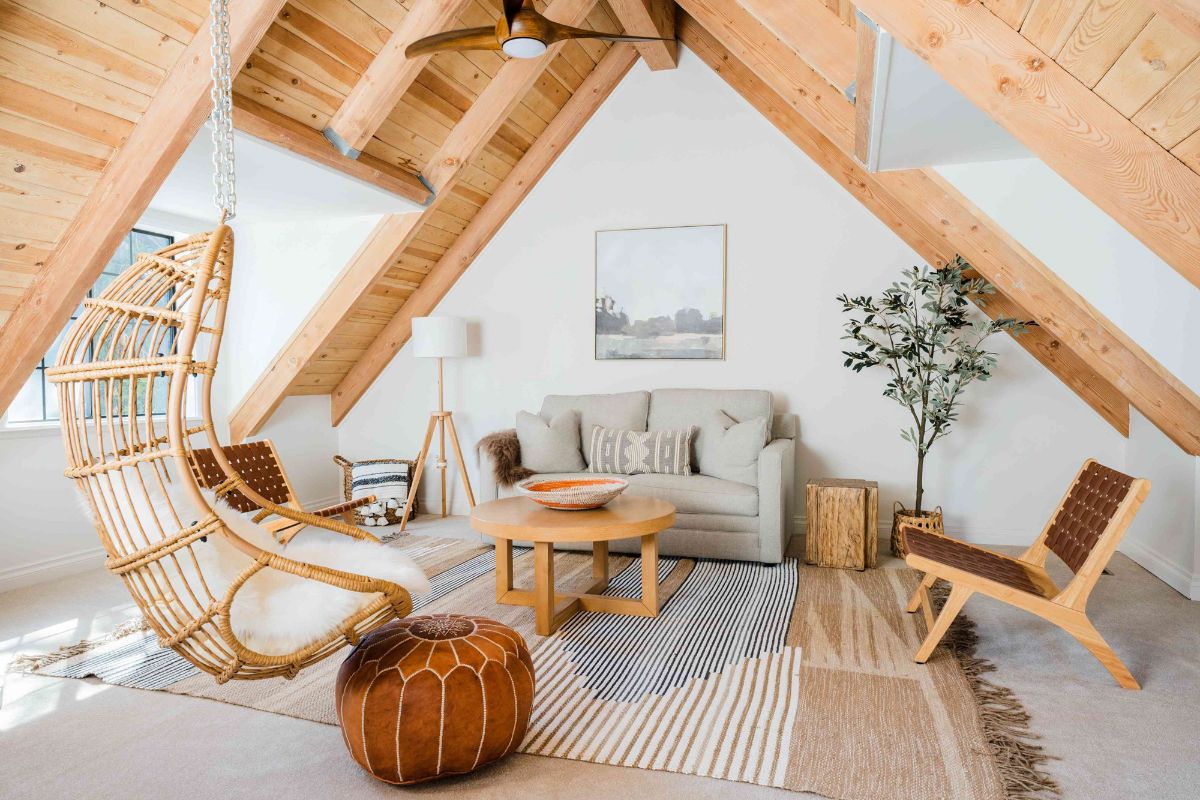
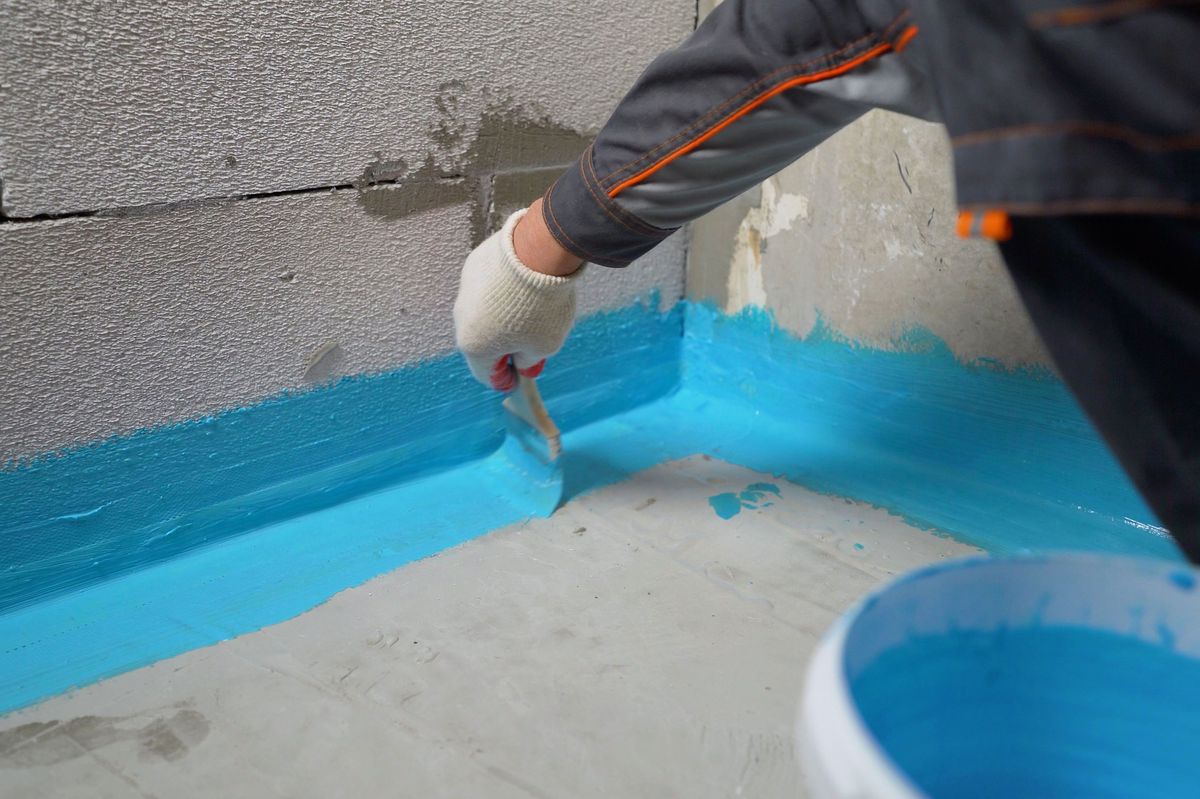

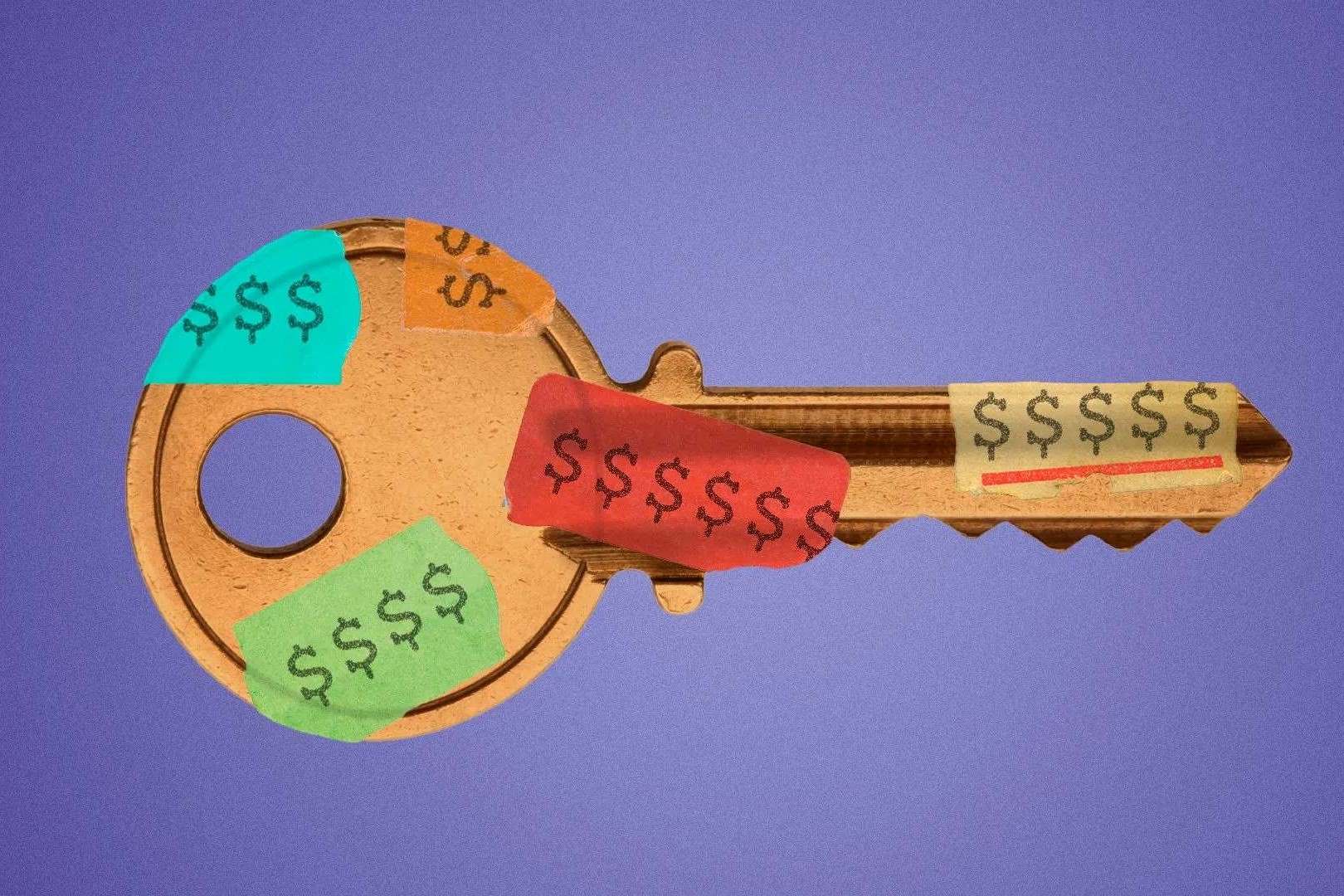
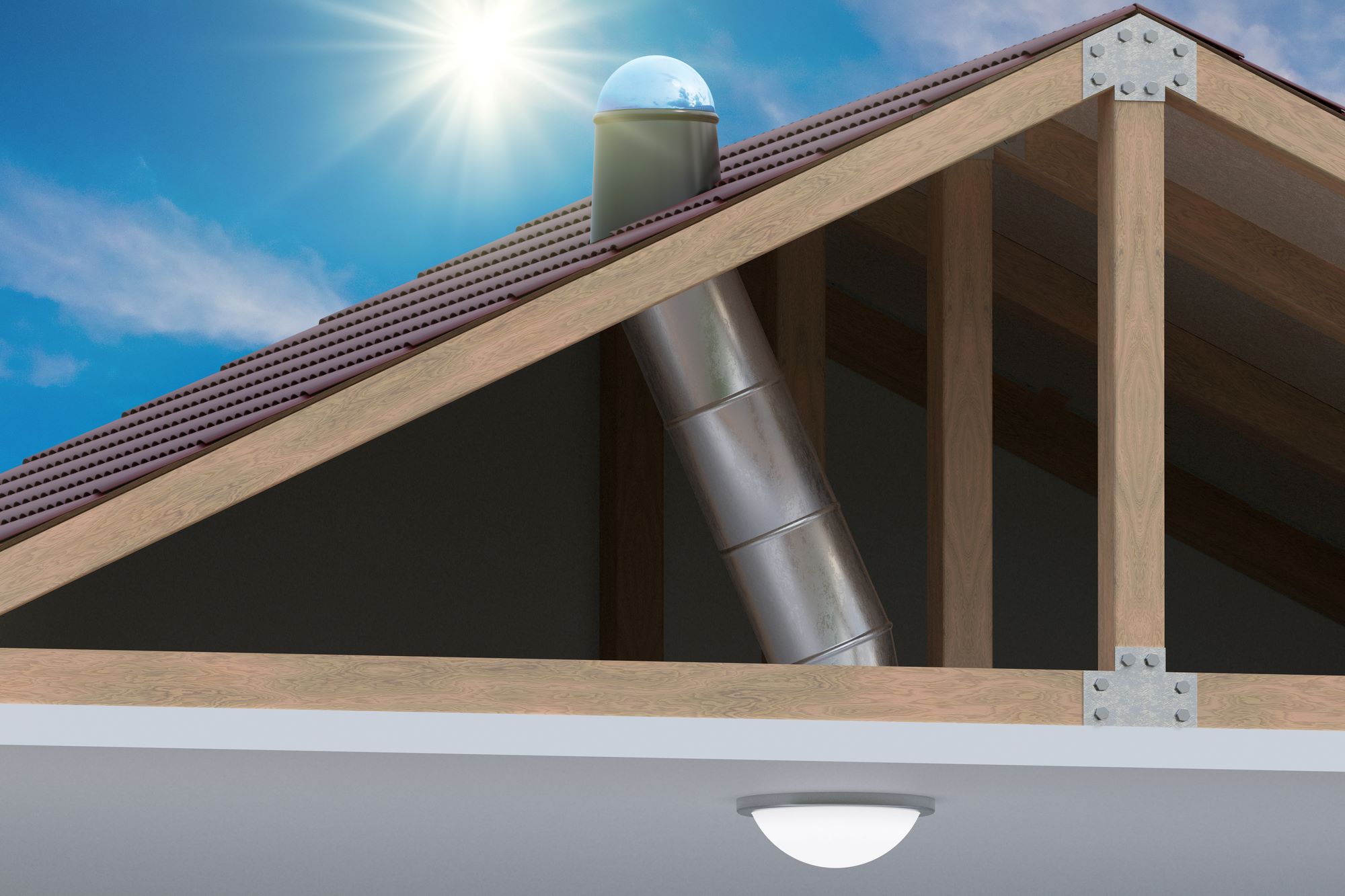
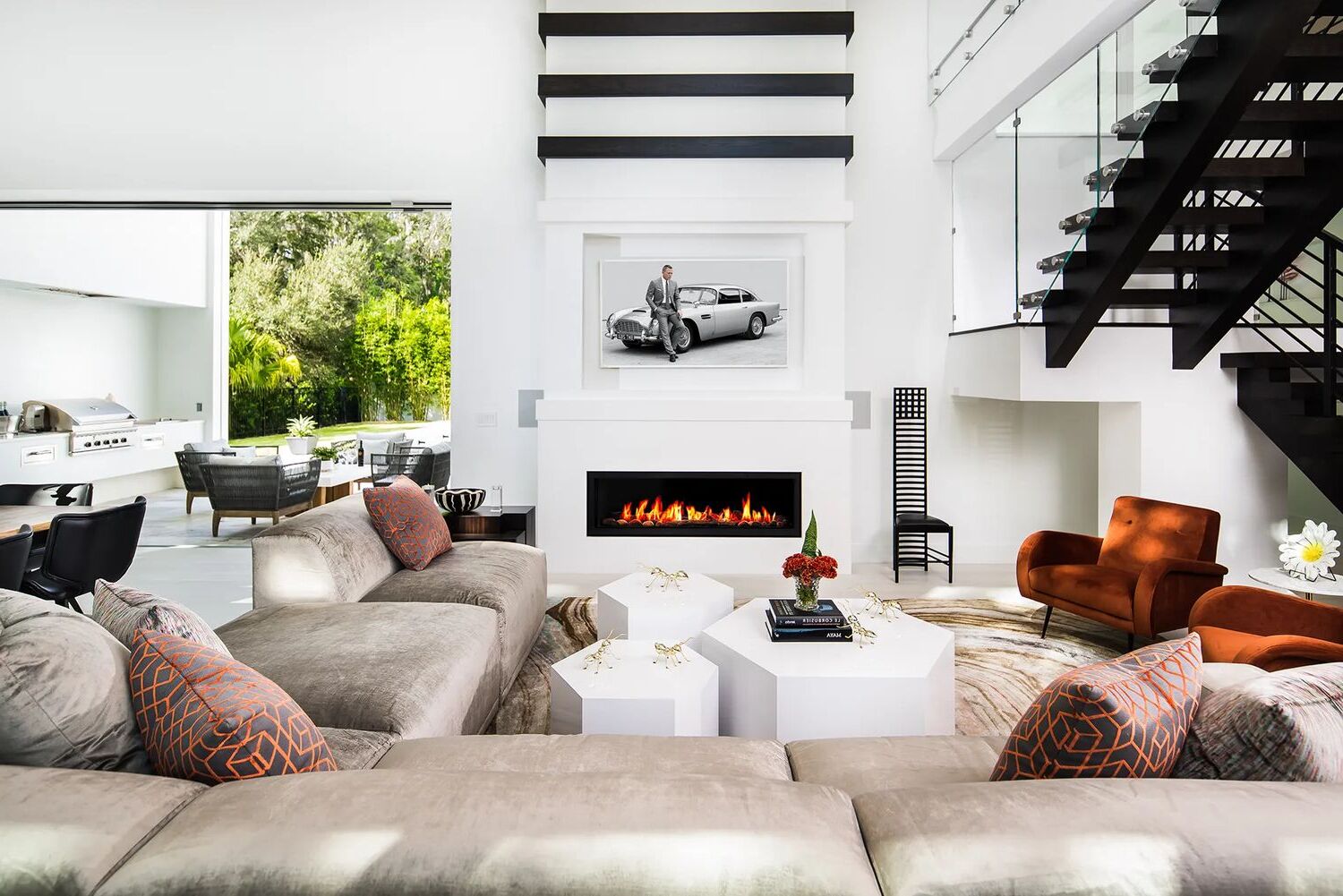
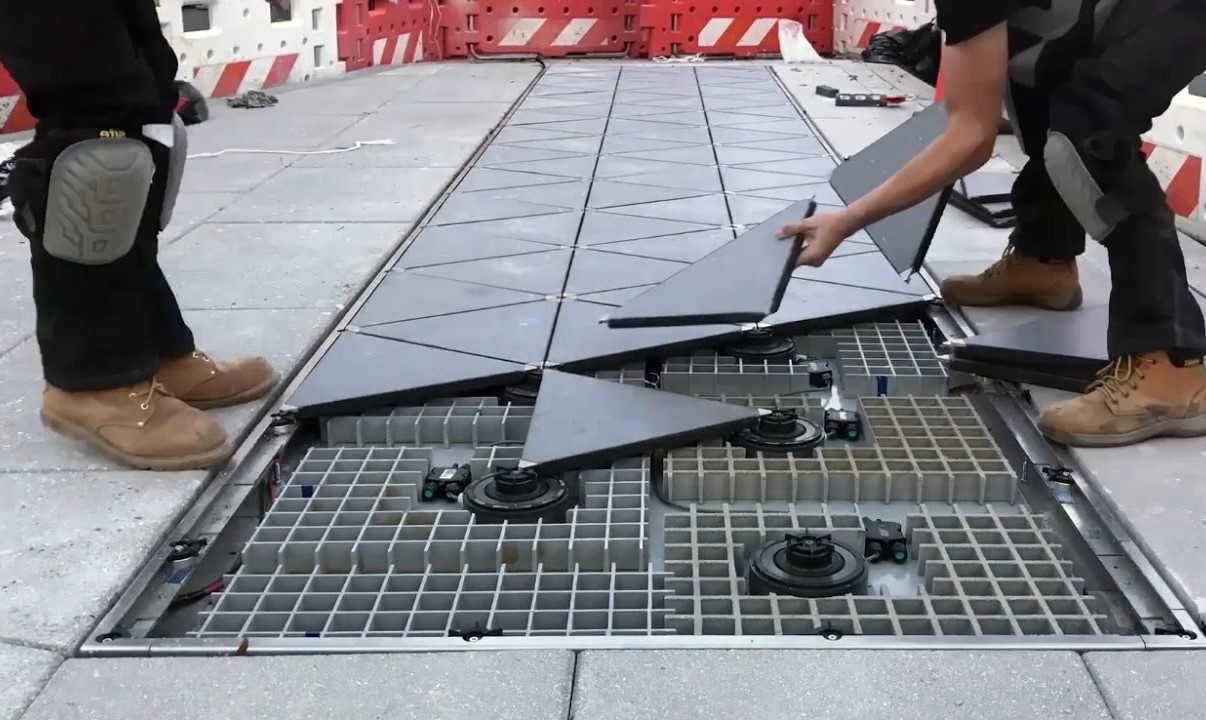
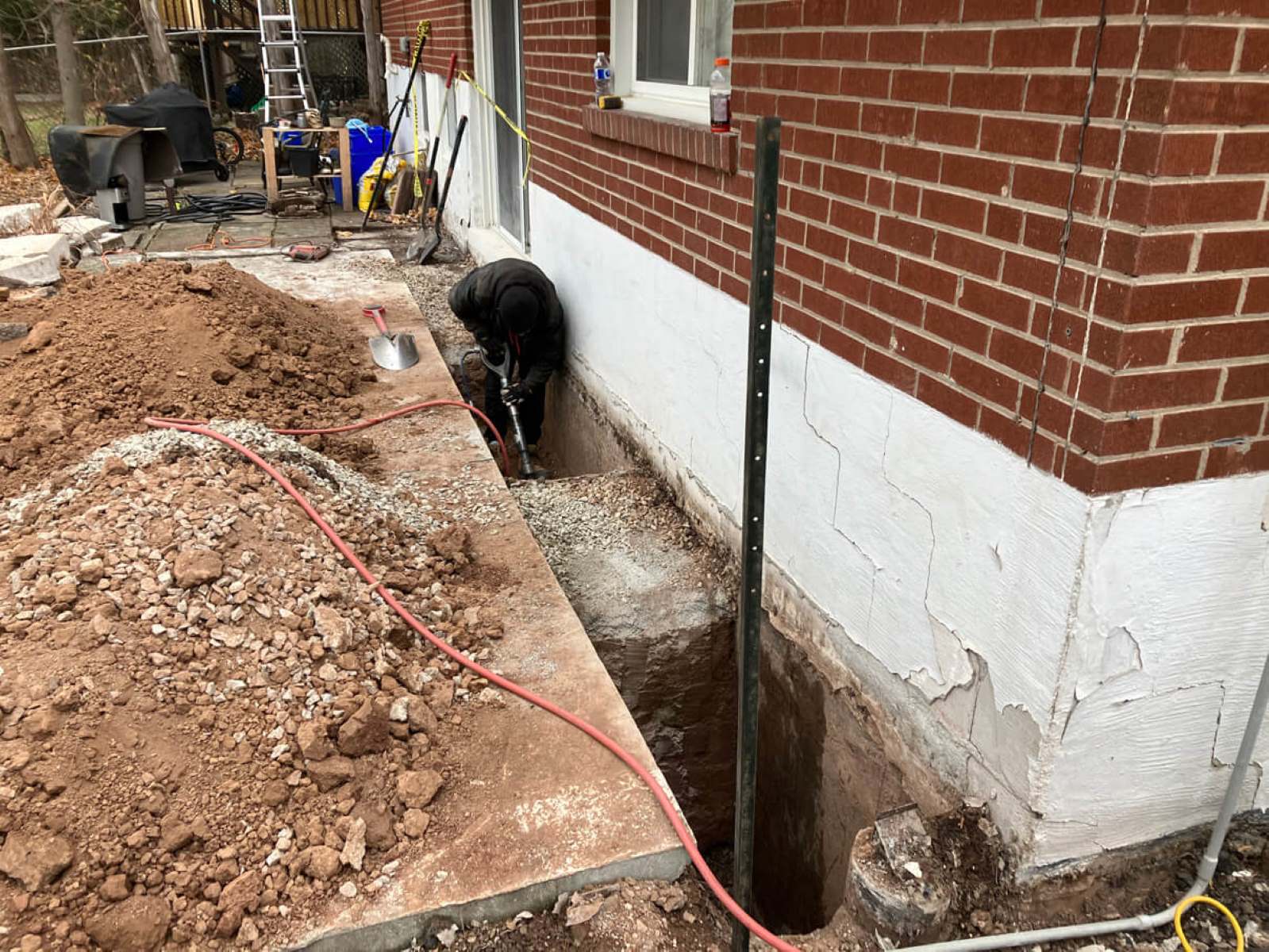
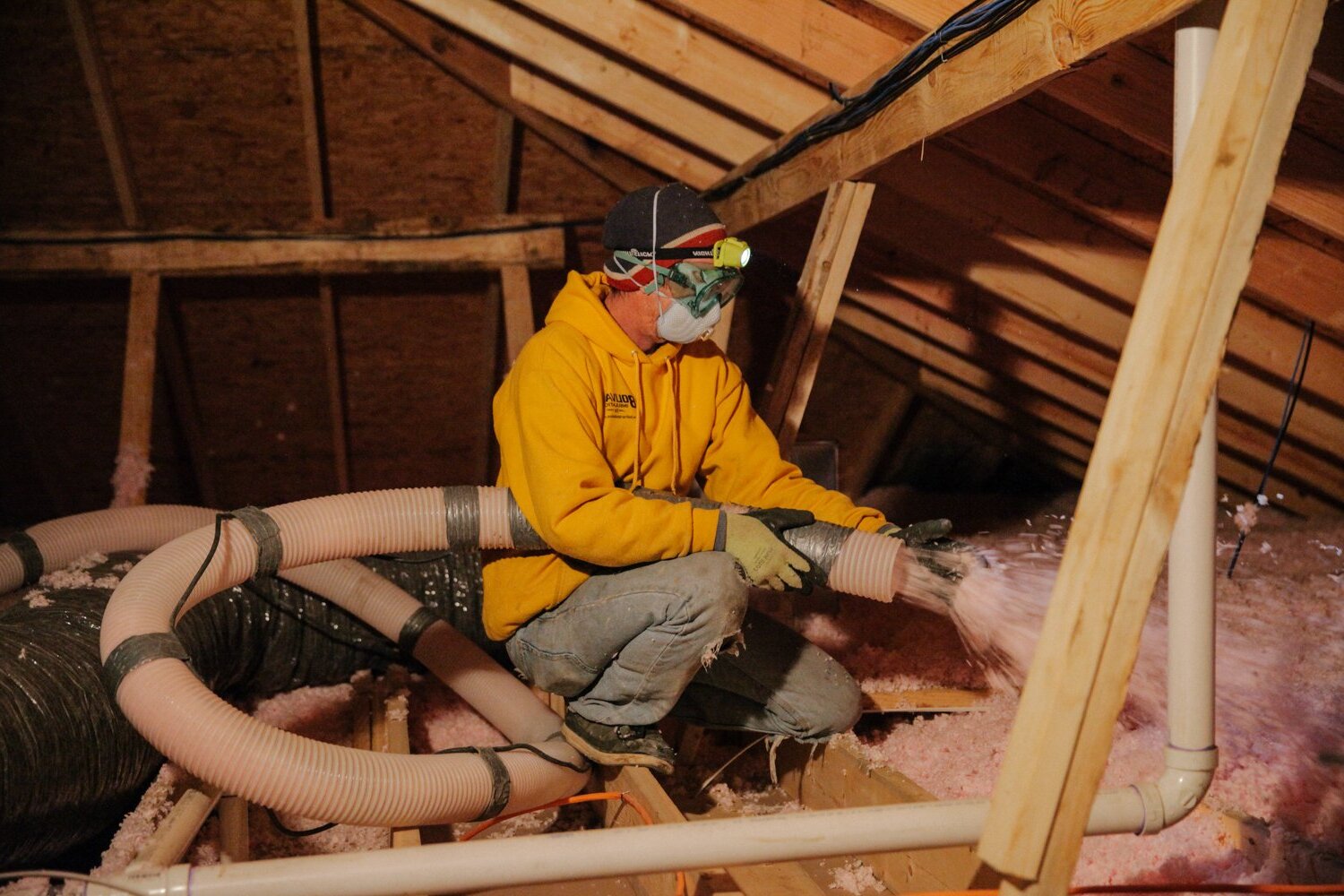
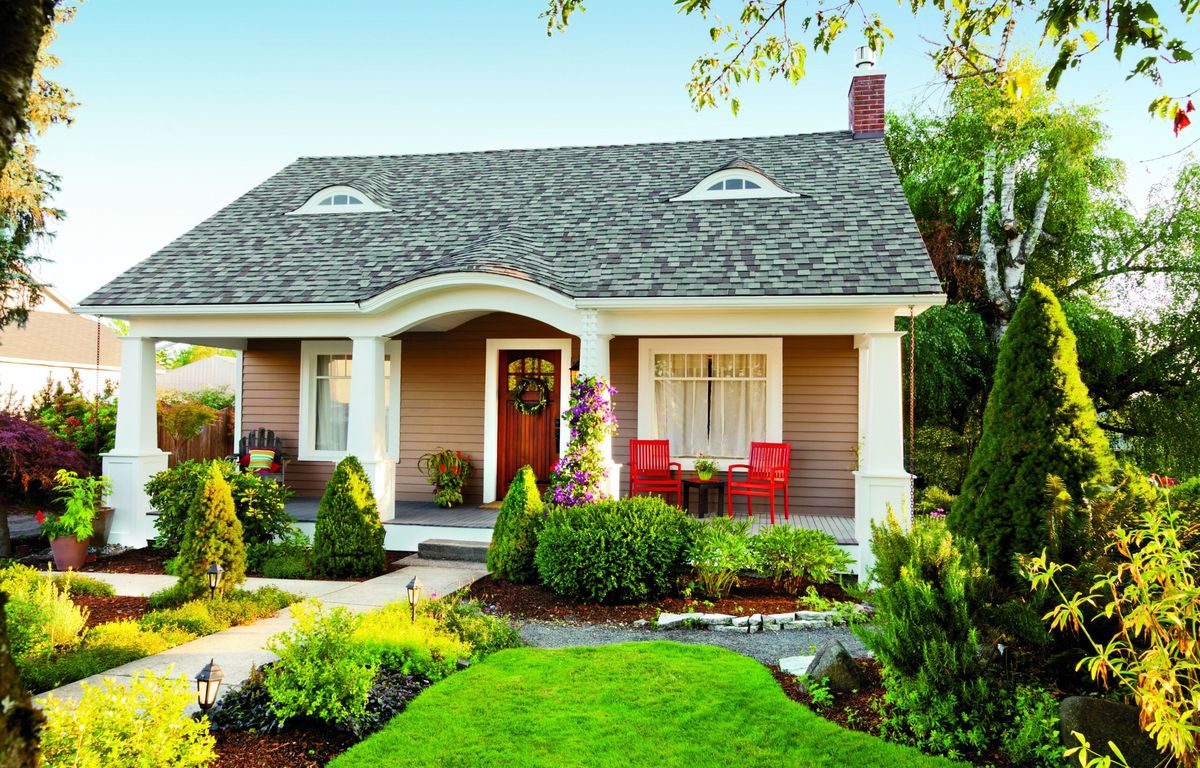

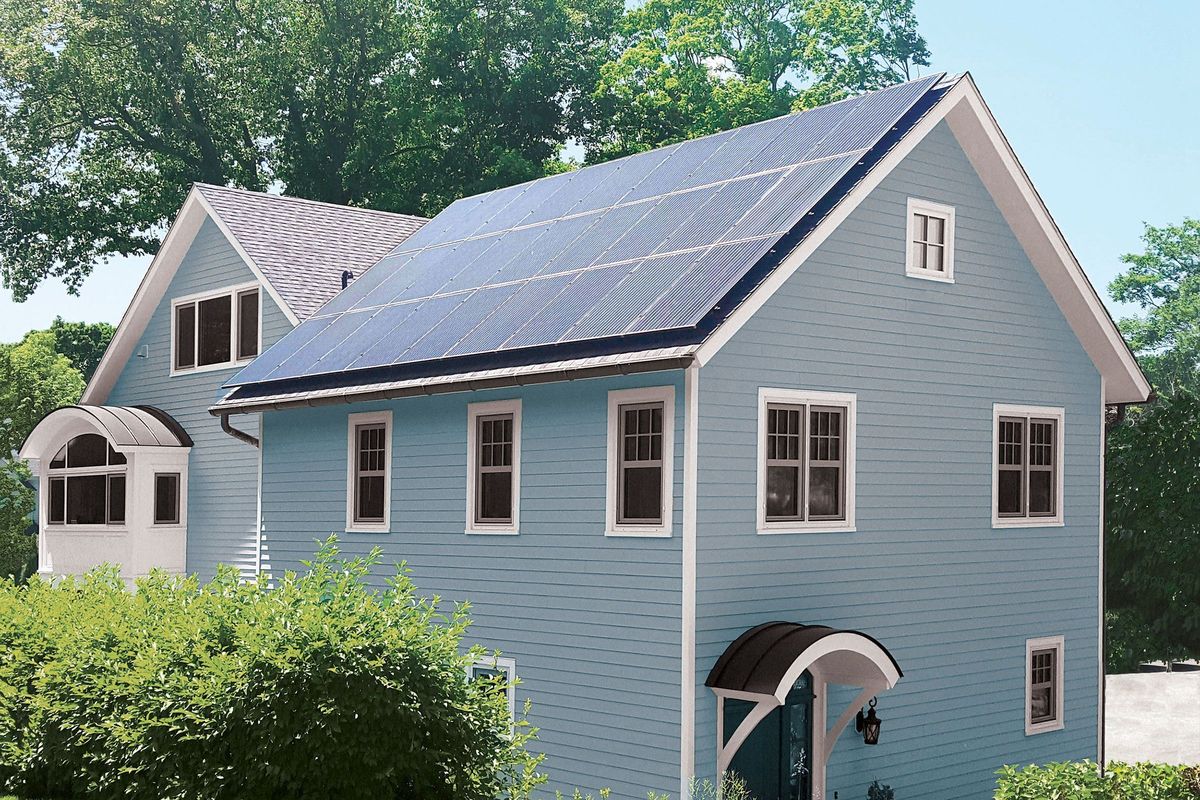

0 thoughts on “How To Ask Your Landlord For Home Improvements”